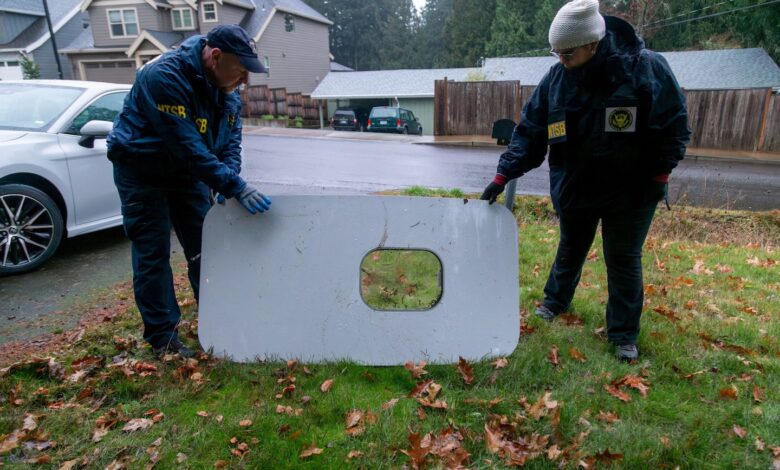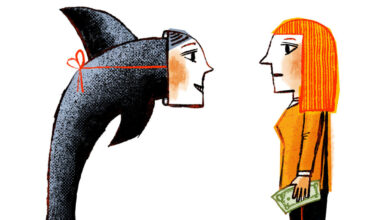Boeing pledges more scrutiny as FAA plans audit of Max 9 planes

Boeing announced Monday that it will add inspections on all 737s and allow airlines operating 737s to conduct inspections in its factories. An independent assessor will review its processes across its commercial airplanes, said Stan Deal, Boeing’s executive vice president.
The company will also send workers to inspect Spirit’s build of the jets, including how the supplier installs the door plug. Spirit was working with Boeing, spokesperson Joe Buccino said.
A Boeing spokesperson did not answer questions about the timeline for the new steps.
Boeing’s announcement came after the Federal Aviation Administration last week announced an audit of the 737-9 Max production line and Boeing’s suppliers and opened an investigation into Boeing’s potential failure to have ensured that its jets were safe to operate.
The agency said it would also examine whether some of the company’s inspections and safety procedures should be taken over by a third party.
The Flight 1282 incident, which is also under investigation by the National Transportation Safety Board, followed other quality-control issues with Boeing 737 Max planes in recent months. It renewed questions about the aerospace giant’s manufacturing practices — including whether Boeing made good on pledges to improve safety after two 737 crashes killed 346 people five years ago.
Another Boeing jet appeared to malfunction Saturday when a 737-800 operated by All Nippon Airways was forced to turn around after taking off in Japan because of a crack in the cockpit windshield, the Associated Press reported.
Meanwhile, dozens of Boeing 737-9 Max aircraft remain grounded by the FAA until formal inspections can be carried out. Alaska Airlines and United Airlines, the U.S. carriers that use Max 9 jets, are waiting for FAA instruction to begin those inspections.
In preliminary checks, Alaska and United said they found loose hardware and loose bolts on the same part of the aircraft that blew out on the Alaska flight, raising questions about whether there could be a more widespread issue with the door-plug part.
Announcing the FAA’s additional oversight Friday, Administrator Michael Whitaker said the agency would examine Boeing’s “delegation of authority and assess any associated safety risks.”
“The grounding of the 737-9 and the multiple production-related issues identified in recent years require us to look at every option to reduce risk,” he said in a statement.
Boeing has pledged cooperation with the federal inquiries, saying Friday that it welcomed the FAA’s announcement of additional oversight.
“We have taken important steps in recent years to strengthen our Quality Management System’s … foundation and its layers of protection. But, the AS1282 accident and recent customer findings make clear that we are not where we need to be,” Deal said in his Monday statement.
Alaska Airlines said Friday that it would review some of Boeing’s systems and increase its oversight of Alaska aircraft produced by Boeing. The airline has said it welcomes the federal reviews of Boeing production.
No one was seriously injured or killed in the Jan. 5 incident. With a gaping hole in the jet’s side, pilots landed the plane safely at Portland International Airport. No one was in the seat next to the door plug. Passengers have recounted the terror that followed the sudden depressurization of the plane.
The grounding of Max 9s has resulted in canceled flights on Alaska and United, and it has increased anxiety for some travelers. Passengers on Flight 1282 sued Boeing last week, alleging that many of the plane’s oxygen masks didn’t seem to work and saying passengers suffered physical injuries, such as bruises and bleeding ears, and emotional trauma.
Ian Duncan and Lori Aratani contributed to this report.





